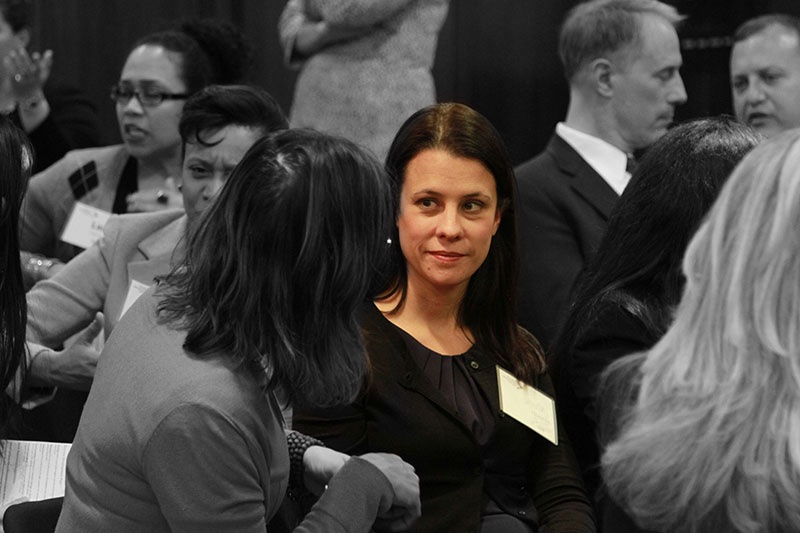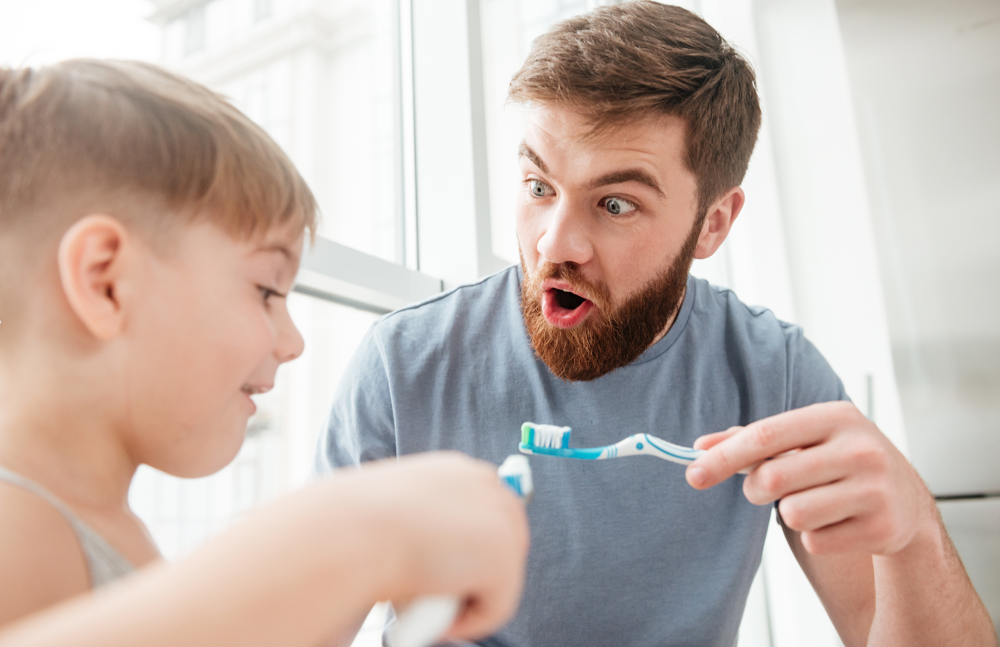
It’s a no-brainer. Dental hygiene, specifically brushing your teeth, is important. But, if you’re a parent with little kids, it’s not always easy. Kids can be stubborn – especially when every aspect of their life is controlled by their parents. This can quickly turn a two-minute task, like brushing your teeth, into a difficult ordeal and even a chore. But, don’t worry! We’ve asked parents what their go-to tricks are to get their kids to not only brush their teeth, but enjoy doing it.
Tip 1: Make it a competition
There’s nothing like sibling rivalry, and it happens even without parental interference. So, why not use this to get your kids pumped about brushing their teeth? Tell them that the winner is chosen by who has the best -smelling breath after two minutes of brushing their teeth. The prize can be something simple, like a temporary tattoo or a glow stick they can take to bed. If you can’t tell the difference between whose breath is better, just switch up the winner every time, you sneaky parent, you.
Do you only have one child? Then brush your teeth with them and use the two-minutes as a countdown. Once the clock hits 0, use the below tip to see whose teeth are the cleanest.
Tip 2: Use a “Tooth Check” after every brushing
If you don’t think your kids are brushing their teeth properly, take a picture of their smiles after every brush. Then, use the picture to zoom in and show them how icky their teeth are when they don’t brush correctly. Not only will this show them why brushing is important, it’ll hold them accountable so they learn the right way to take care of their teeth.
Tip 3: Show your kids pictures of neglected teeth
This is a classic scare-tactic type tip. If your kids are being stubborn and refuse to brush, show them what it looks like when you don’t take care of your teeth. You can also show them this video that explains what happens to neglected teeth.
Cavities are only the beginning of the painful and gross domino effect that can happen if you don’t take dental hygiene seriously. Research from the American Dental Hygienists Association has found a connection between heart disease and key bacteria in periodontal disease. Also, inflammation in your mouth may cause inflamed arteries which can lead to a stroke. Depending on how old your kids are, you can decide how much of this information is necessary to get them to brush those teeth!
Tip 4: Get fun toothbrushes and decorative cups for mouthwash
As a kid, I hated brushing my teeth. And apparently, I didn’t understand how to do it correctly. I’m the baby of my family with two older brothers. By the time my parents had to teach me – the third child – anything, they would lean on my brothers to show me first. So, they were shocked after a trip to the dentist when my brothers had zero cavities and I had SEVEN. Low and behold, my six year old self was unaware that you are, in fact, supposed to brush behind your teeth, too. I had only been brushing the tops and fronts of my teeth. Nice.
My mom intervened and bought me a new, sparkly teal toothbrush and filled me in on the proper brushing etiquette. She also started buying superhero Dixie cups that made mouth-washing fun. While decorated toothbrushes can be overpriced, try seeing what your local Dollar Tree has for kids’ toothbrushes. You might be surprised to find their favorite cartoon character or color available.
Tip 5: Make brushing your teeth a family affair
As we saw above, kids learn by example. So, brushing your teeth alongside them can help teach them while offering up some time to bond with them. If you travel for work or are in a separate household from your kids at times, you can try video chatting with them while you all brush your teeth and get ready for the day or for bed.
It’s recommended that you brush your teeth twice a day for two minutes in the morning and again before you head to bed. Starting your day and ending your day brushing your teeth together can help your kids establish a routine that they’ll carry on for the rest of their lives!

Caroline Gillard is a public relations professional and  freelance writer for the health care and financial services industries. As a stand-up comedian on the side (and after the right amount of drinks) she aspires to bring comedy to her writing while providing useful information for her readers.
freelance writer for the health care and financial services industries. As a stand-up comedian on the side (and after the right amount of drinks) she aspires to bring comedy to her writing while providing useful information for her readers.
References:
ADHA: Oral Health-Total Health: Know the Connection. https://www.adha.org/resources-docs/7228_Oral_Health_Total.pdf
Quick Facts: Toothbrushing Infographic. https://www.mouthhealthy.org/~/media/MouthHealthy/Files/A-Z/Infographic_Brushing_102714.pdf



 Midland, Michigan
Midland, Michigan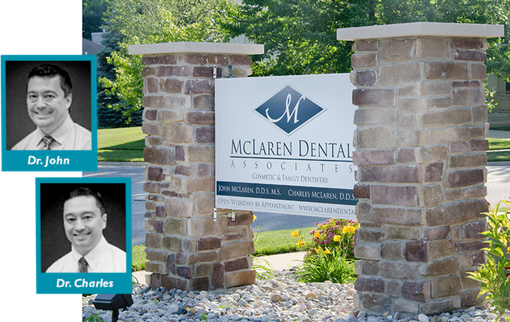
 Frisco, Texas
Frisco, Texas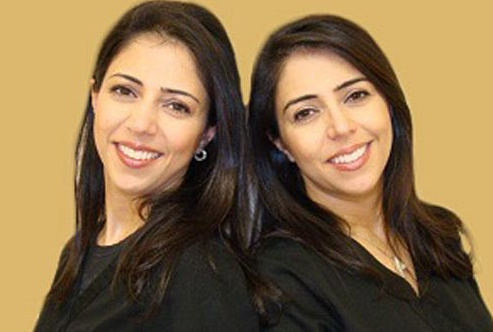
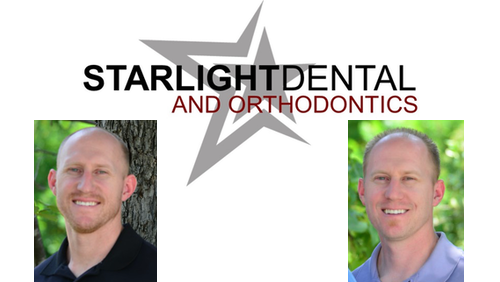
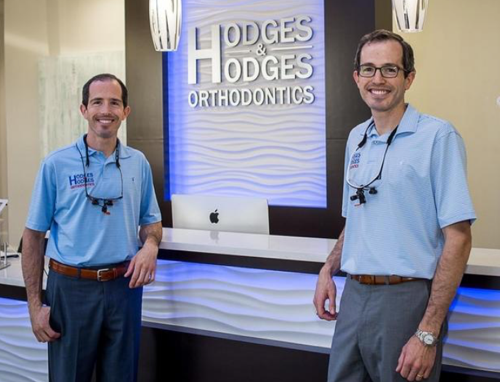
 Tuscaloosa, Alabama
Tuscaloosa, Alabama

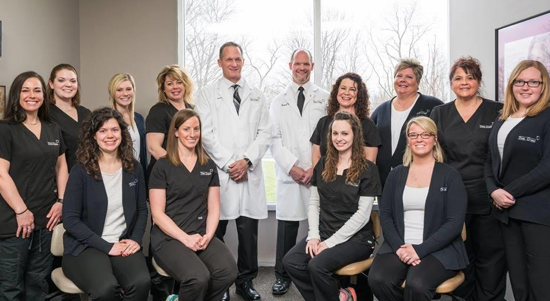

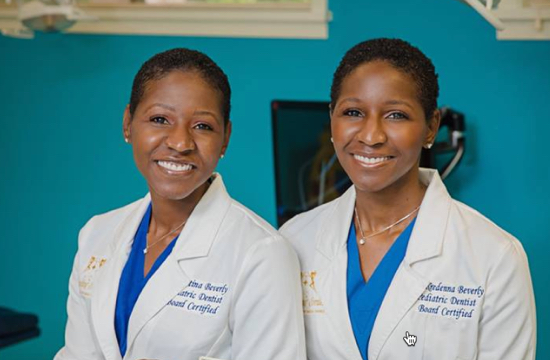

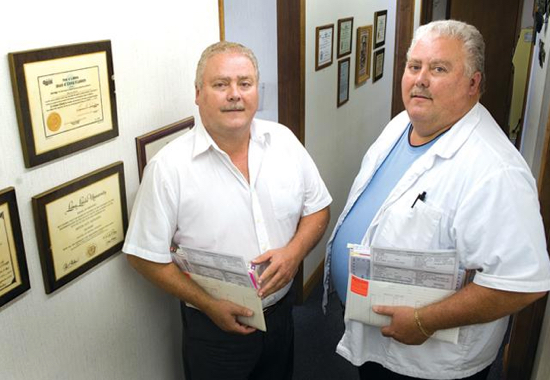

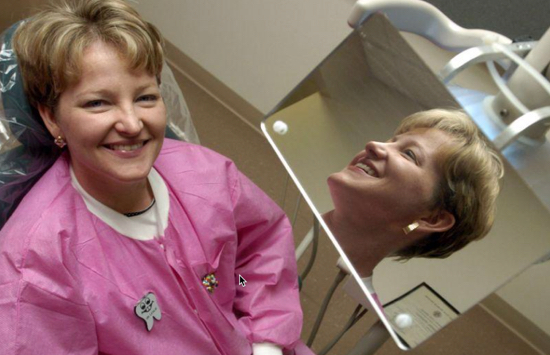

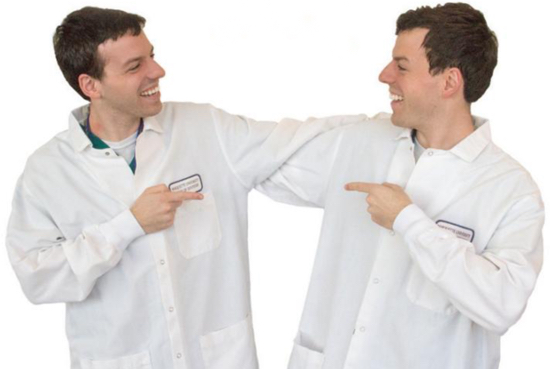
 Limerick, Ireland
Limerick, Ireland 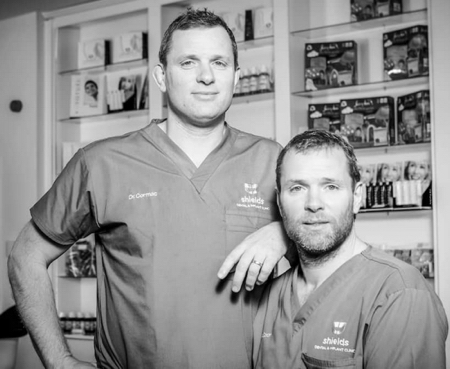
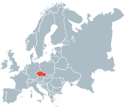
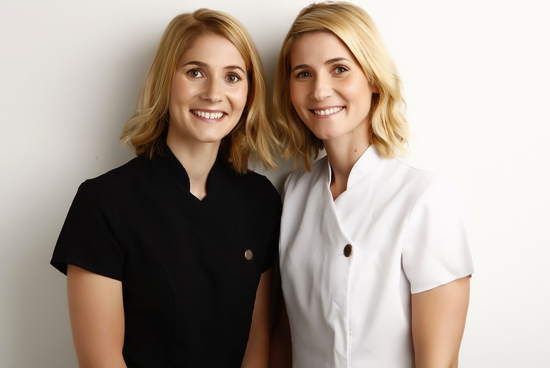
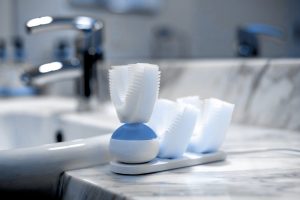
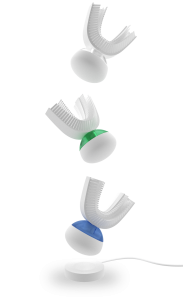
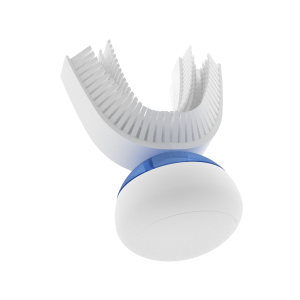
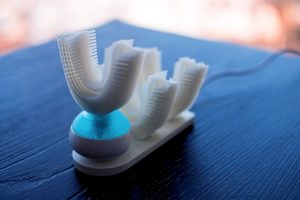

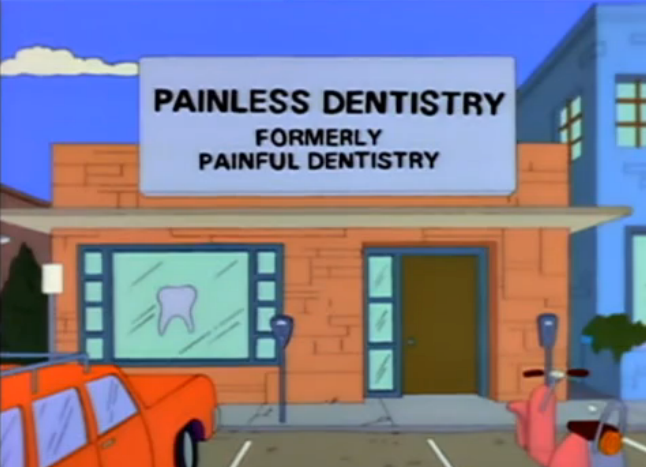
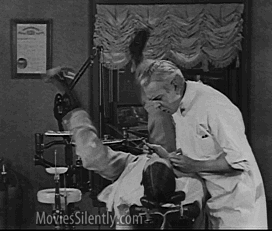
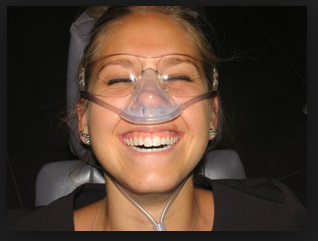
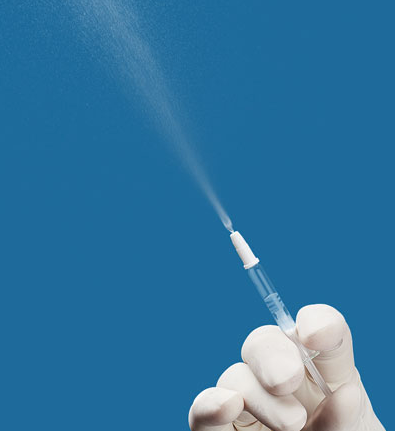
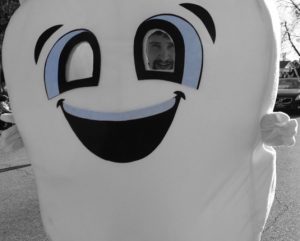 About the Author:
About the Author: